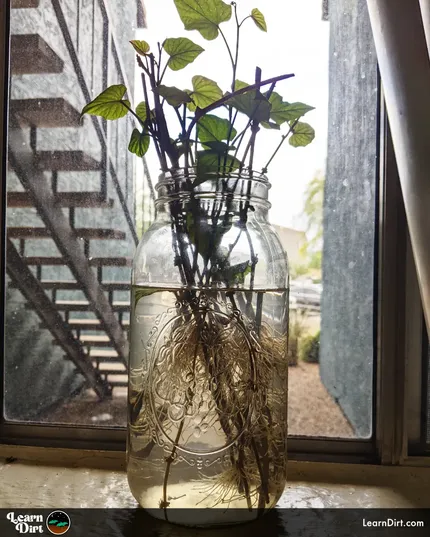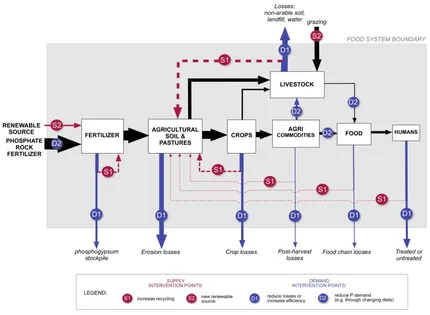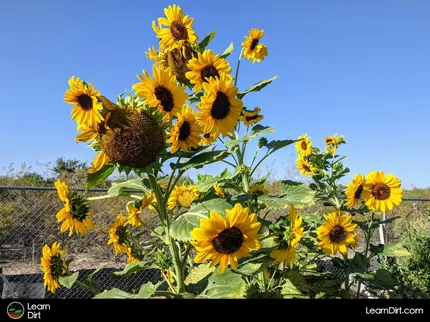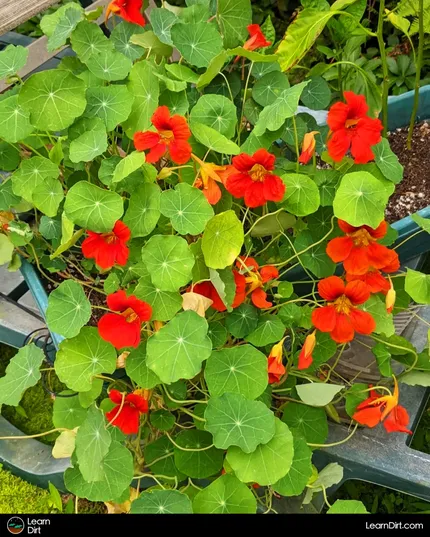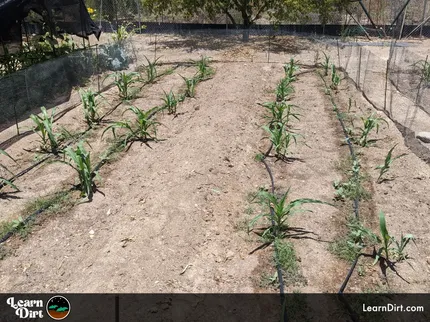Table of Contents
- What Is Peat Moss?
- Why Do Gardeners Use Peat Moss?
- Is Peat Moss Bad for the Environment?
- Peat Moss Alternatives
* Our articles never contain AI-generated slop *
You may have heard about the controversy over peat moss, and wonder why peat is a point of contention.
If you'd like to know why you should or should not garden with peat moss, you've come to the right place.
Peat moss gets a lot of talk in gardening because of the sustainability issues associated with it.
Disclaimer: This post may contain affiliate links. Refer to the privacy policy for more information.
Here we'll look at how bad peat moss really is for the environment. We'll talk about what alternatives we have, and whether or not it might be worth using something different.
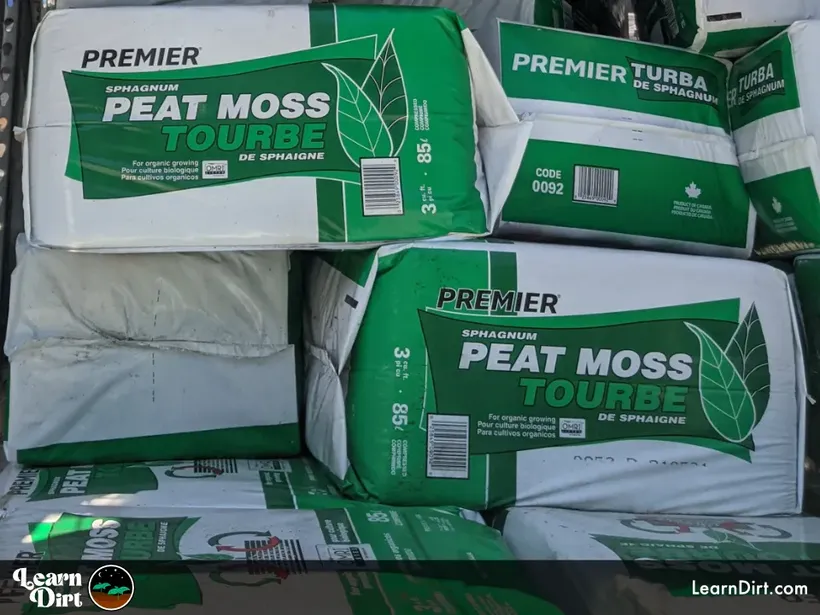
but is it hurting the environment?
What Is Peat Moss?
Peat moss comes from peat bogs! Duh.
Peat bogs are one of the incredible ecosystems found on the planet throughout the cooler latitudes, and in temperate regions.
They are essentially a freshwater wetland.
Bogs usually exist in boreal ecosystems where rainfall is high but drainage is low.
Think Canada, Alaska, Ireland, Scotland, England, Sweden, Russia, etc.
Join The Grower's Community
A free & open space for anyone who is passionate about cultivation 🌱
Check It Out!
They're often slightly acidic by nature, and full of decomposing organic matter (peat).
So far so good.
Why Do Gardeners Use Peat Moss?
Peat moss is super absorbent. It holds an absolute ton of moisture. It stays wet, too.
Gardeners often find reason to want their soil to stay moist for longer. This is where peat moss comes in.
The most frequent use of peat moss in gardening is likely in seed starting mix and potting soil.
Seedlings need a higher moisture level in their soil than mature plants. Peat moss can help achieve that moisture level in your seed starting mix and maintain it.
Potted plant lovers can enjoy less frequent watering if there is a higher peat moss content in their potting soil mix.
Peat moss is also inert, and contains practically no nutrients. That means it's a good way to dilute strong compost which might otherwise burn your plants.
Is Peat Moss Bad for the Environment?
Using peat moss in your garden means that peat bogs are being dug up somewhere in the world on your behalf.
These fragile ecosystems take thousands of years to come about, and accumulation of new layers of peat is excruciatingly slow.
If the rate of peat extraction exceeds the rate of peat accumulation, we head towards an unsustainable direction. Peat supplies around the world will eventually be exhausted if our rate of use is not sustainable.
Fortunately, the rate of peat extraction in Canada and Russia is presently far less than the rate of accumulation.
Unfortunately, this is not true of the UK and of Europe, where peat has been extracted for hundreds of years as a heat source and for other non-horticultural uses. This, combined with more recent horticultural demand may create an unsustainable trajectory for peat bogs.
To learn more about global peat statistics and usage, refer to: Peat Statistics and Information from the US Geological Survey.
Peat Moss Alternatives
Coco Peat vs. Peat Moss
Coco peat or (aka coco coir) is probably the most well-known alternative to peat moss. It acts very similar and has similar properties, though it is more expensive.
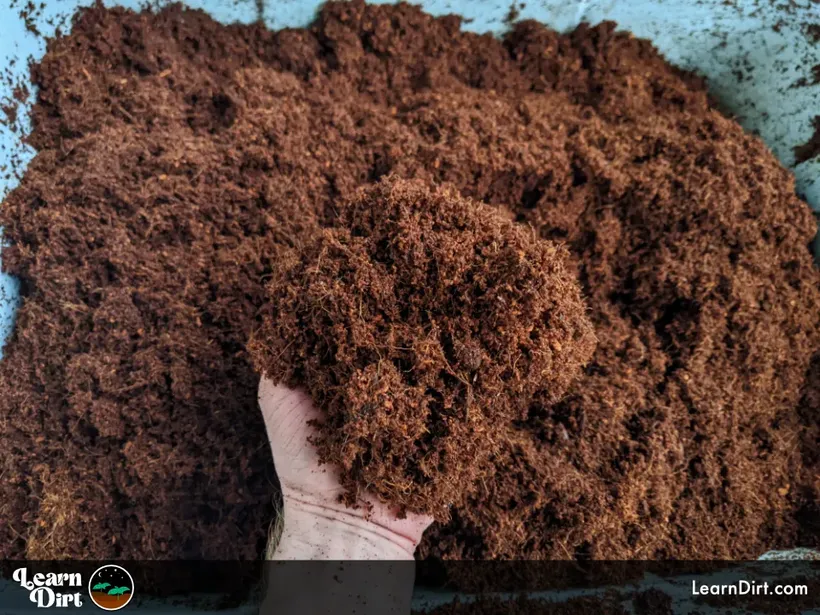
The argument goes that coco peat can be produced from dried / shredded coconut husks, which are already farmed for coconut production.
As a byproduct of the coconut industry, people often see less of an issue utilizing farmed coconut husks as compared to digging up wild peat bogs.
If you haven't tried coco peat yet, you can grab a small inexpensive block of it and see if you like it more than peat moss before investing in the big bricks. Personally, I really dig coco peat!
That's all for now, thanks for reading!
If you have any questions, comments, or would like to connect with fellow gardeners, head on over to the forum and post there.

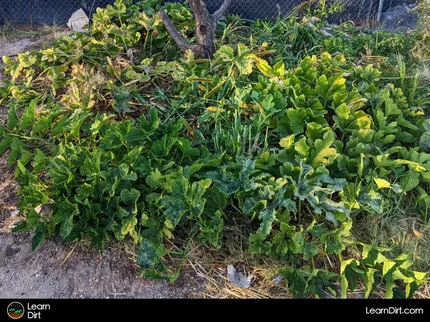
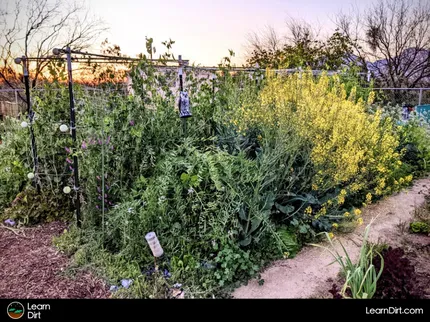
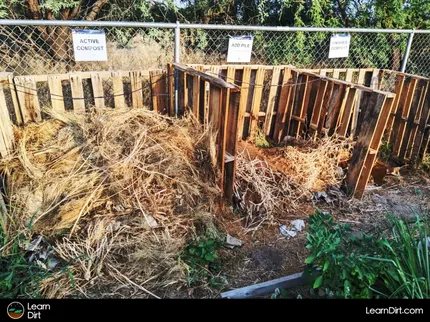

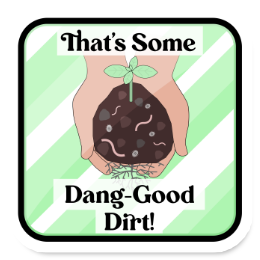
![Don't Till Away Your Carbon [Neon]](/media/product_images/dont-till-away-your-carbon-[neon]_shirt_260x260.png)
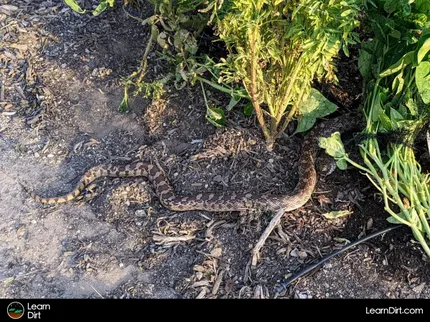
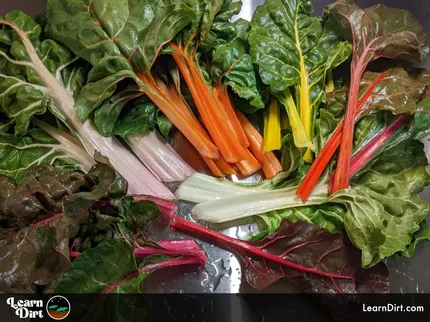
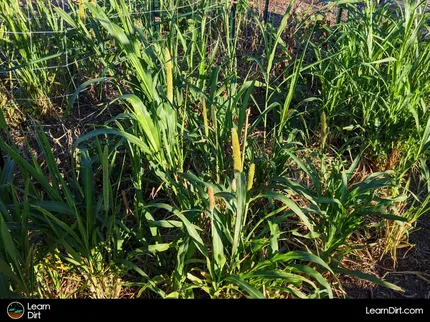
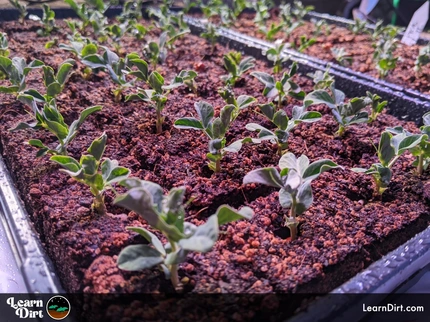
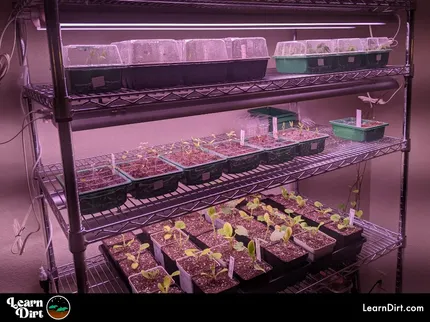


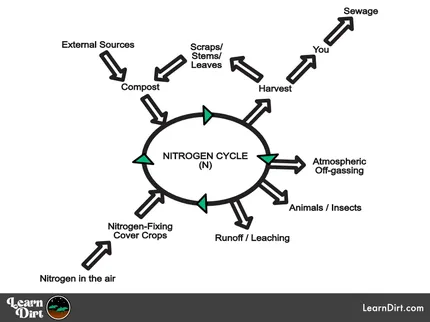
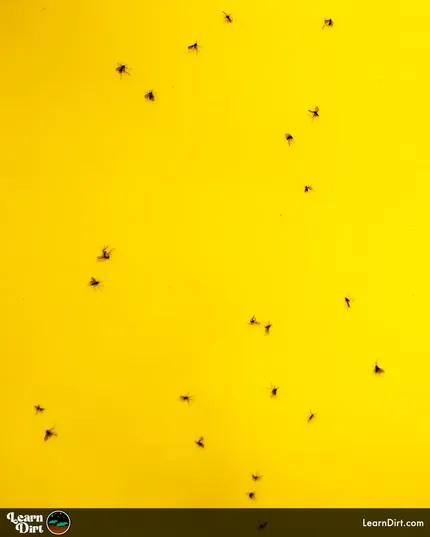

![Don't Till Away Your Carbon [Taffy] T-shirt](/media/product_images/dont-till-away-your-carbon-[taffy]_shirt_260x260.png)
![Black Dirt Live Again [Purple] Sticker](/media/product_images/black-dirt-live-again-[purple]_sticker_260x260.png)



